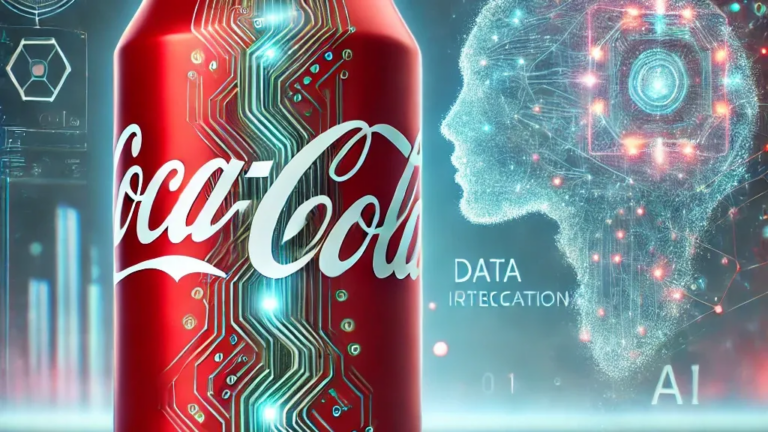Coca-Cola has taken a proactive approach in AI innovation, launching an AI-generated Christmas advertisement in 2024, following earlier experiments in 2023. While much of this work is still in its experimental phase, the company’s internal discussions offer insights into how it views the development of generative AI in the near future.
Why Coca-Cola’s AI Journey Matters
As AI gained significant attention in 2023, Coca-Cola was already exploring its potential, with Global CMO Manolo Arroyo discussing not just the efficiency gains AI could bring, but the larger impact it would have on workplace culture and the importance of employee training. A year later, the conversation shifted to effectiveness and responsibility. Arroyo stressed the company’s moral obligation to understand the right ways to implement AI moving forward, as the company’s AI-generated Christmas ad showed the capabilities of this technology—though it also raised questions about its long-term impact on creative industries.
Coca-Cola’s AI strategy is not just about immediate results but about long-term investments. In enterprise software, success is not guaranteed overnight, and businesses must ensure that AI investments made today remain relevant five years from now. This requires careful scenario planning and consideration of how human workers and consumers will interact with an increasingly algorithm-driven world.
Designing for the Future with AI
At the forefront of Coca-Cola’s AI efforts is Dominik Heinrich, the company’s global head of AI design. Heinrich views AI not as a passing trend but as a transformative force, though he acknowledges the complexity of its integration. He describes the current phase of AI adoption as focused on streamlining operations, improving efficiency, and cutting costs. However, he predicts that AI will evolve through three stages:
- Efficiency Gains: Streamlining processes and cutting costs.
- Quality Improvement: Using AI to enhance the quality of output.
- Systemic Transformation: Reimagining and creating entirely new systems.
Heinrich argues that AI’s true potential lies not in replacing human creativity but in enhancing it. AI should be used to free up time for deep, critical thinking, allowing humans to make connections and think beyond the surface, a process AI cannot replicate. He also advocates for renaming “artificial intelligence” to “algorithmic intelligence,” arguing that AI, as it is understood today, does not possess consciousness or independent thought. Instead, it predicts outcomes based on human input, highlighting the importance of asking critical questions.
A Glimpse into the Future of AI
Heinrich envisions a future where AI is integrated invisibly into everyday life, through technologies such as smart contact lenses, capable of mediating every aspect of our interactions with the world. In this future, AI may even make brand choices for consumers, though the emotional experience of a brand will still rely on human connections. The future of AI in branding, he suggests, will shift from rational advertising to emotionally-driven campaigns, as machines handle the transactional aspects while humans focus on deeper engagement.
In the short term, Heinrich cautions against viewing AI as a competitive advantage. Instead, businesses should focus on outcomes, using AI to foster creativity, critical thinking, and ultimately enhance the human experience for consumers. The goal will shift from mass market appeal to niche markets at scale, offering personalized experiences for individuals rather than broad, generic advertising.

